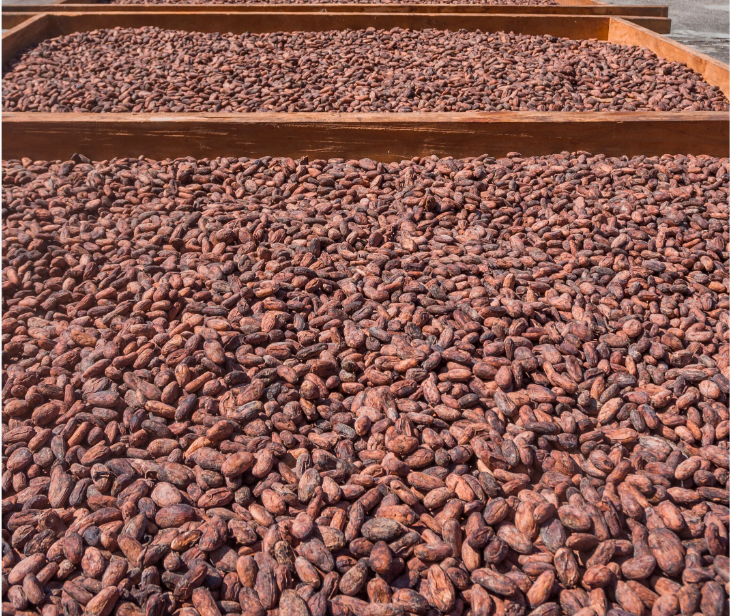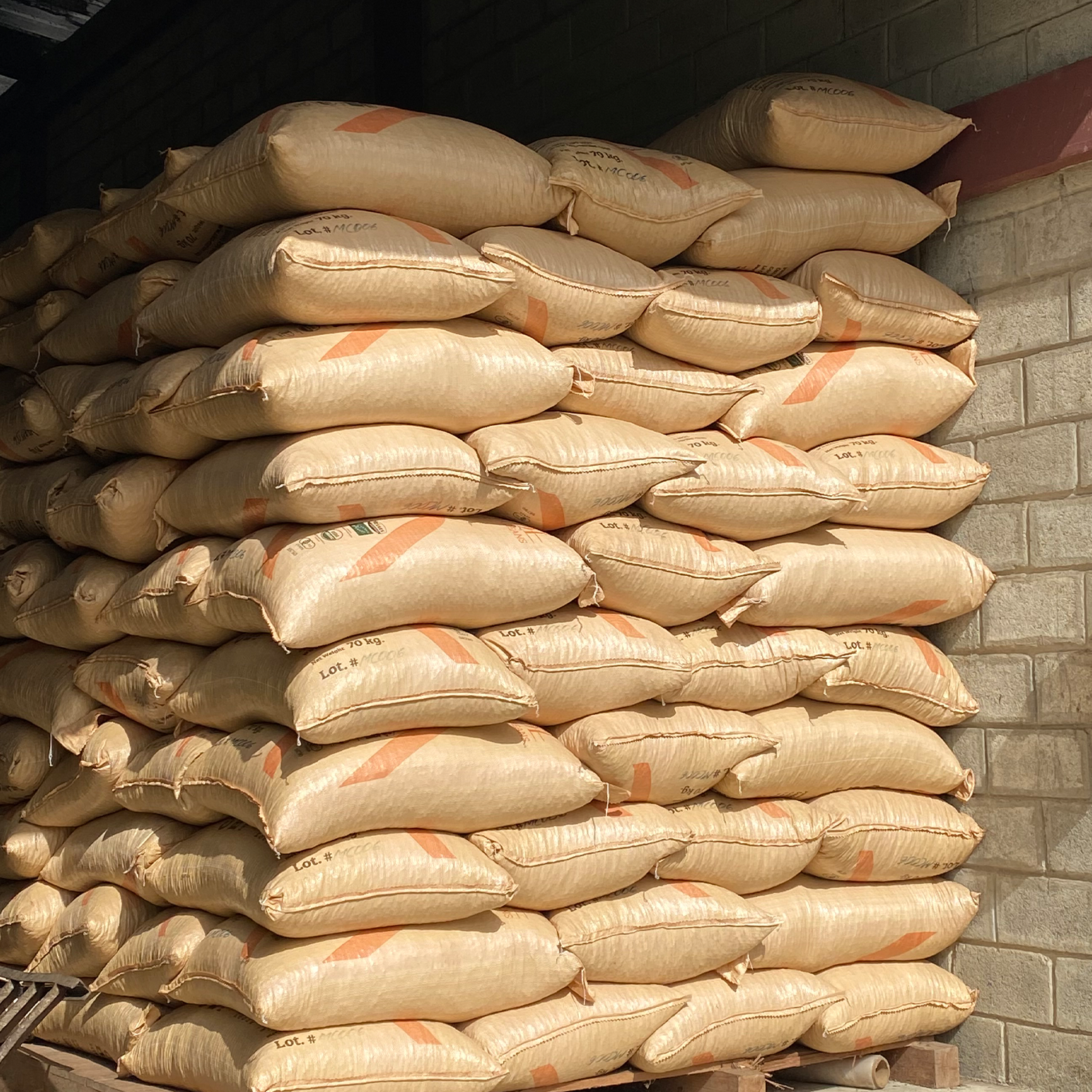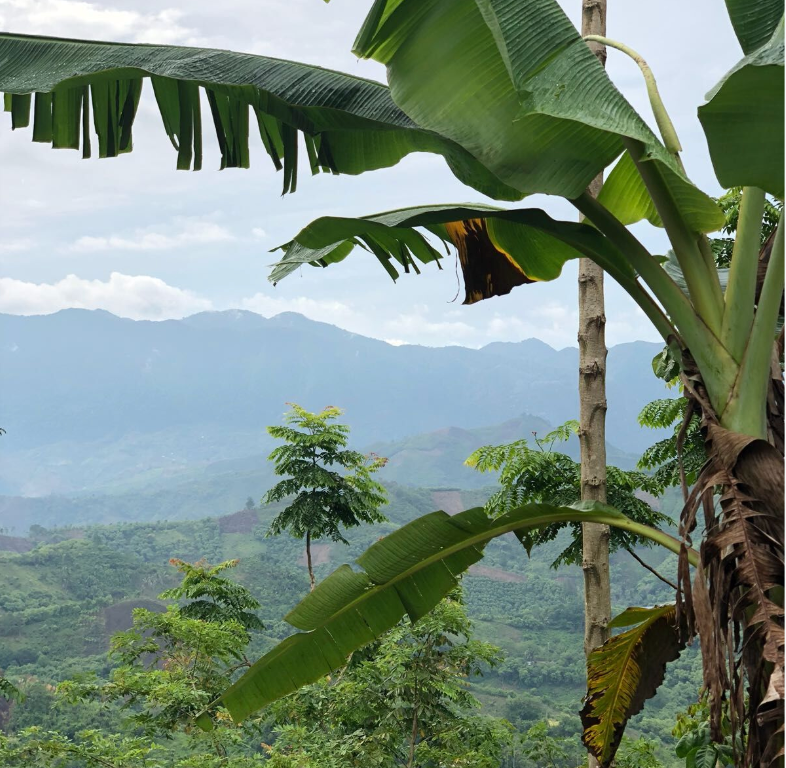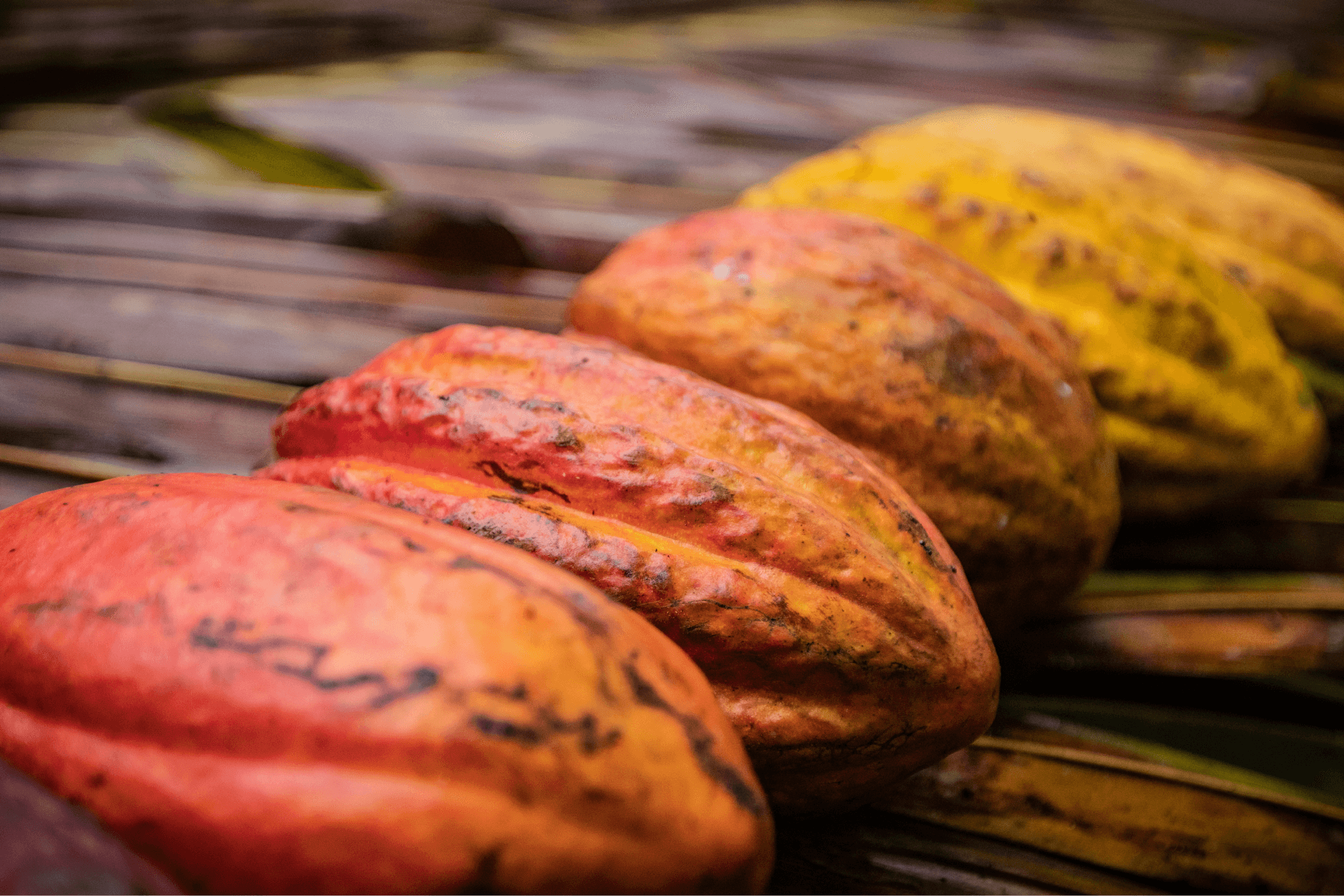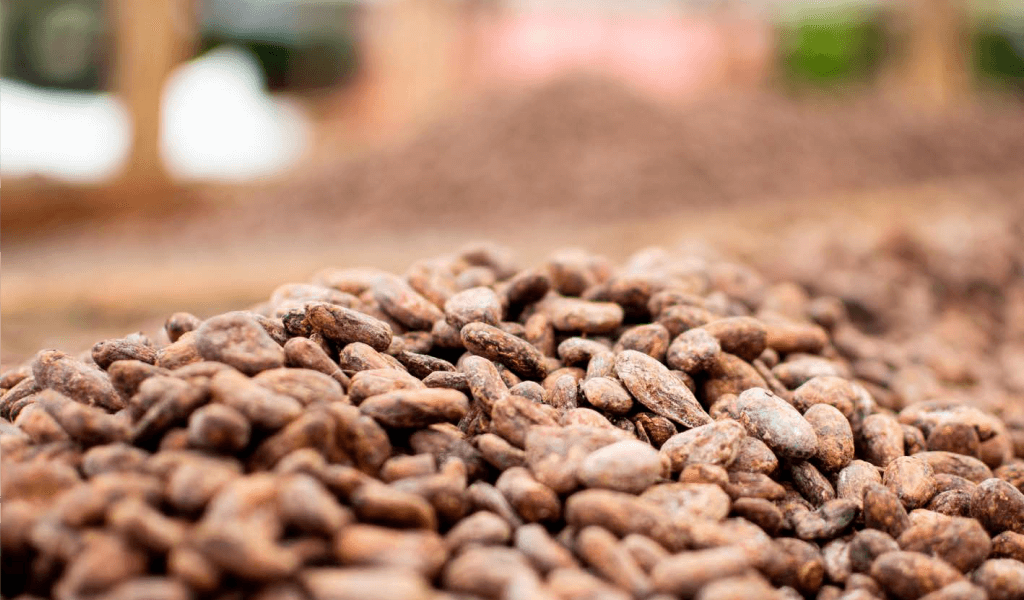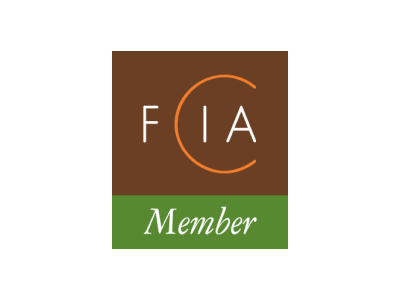Follow this article on Medium here: https://medium.com/@uncommoncacao/a-light-overview-of-heavy-metals-a-cadmium-story-6ec076d2253e
There’s been a lot of talk in the chocolate industry lately about Cadmium. Most of this has been sparked by the European Union’s regulations on Cadmium in cocoa beans, as well as California’s Proposition 65.
We set out to unscramble some of the confusion that’s been circulating about whether cadmium in chocolate is actually a risk, as well as what the Prop 65 regulations are actually asking manufacturers to do.
There is a lot we don’t know, but here are some things we know for sure:
-
Cadmium and Lead can be found, naturally occurring, in cocoa beans and cocoa bean shells. This study published on the FCCI website shows the relationship (or lack thereof) between cadmium levels in soil, fresh cacao, and fermented and dried beans.
-
The EU has limited the amount of Cadmium that can be found in chocolate products. These new limits officially came into effect on January 1st, 2019.
-
California’s Prop 65 has limited the levels of Cadmium that can be present in a chocolate product that does not carry a Prop 65 notice, with the aim to protect consumers
-
California is likely to set more detailed limits for chocolate similar to the EU after the As You Sow settlement in 2018
-
Overall, if you compare the cadmium content of even the higher content cocoa beans, the amount found in cocoa and chocolate is significantly lower than in other foods we consume on a daily basis, like shellfish and bread products made from wheat. One would have to consume a very significant amount of chocolate in order for it to pose a risk to their health.
In the EU, regulations have been put in place as of January 1, 2019. Products that are found not to comply with food safety regulations will be denied access to European markets. Because cadmium can be found in cocoa beans, there are strict regulations being applied to cocoa-derived products (i.e. chocolate). These chocolate limits are being translated to cocoa limits by importers, who are now rejecting cocoa beans that register above the translated thresholds. Here is a chart with a summary of the official EU limits for chocolate products, and the ensuing limits for cocoa importers:

These regulations are setting precedents for cocoa producers and chocolate makers alike, not only for sales and import to Europe, but also for the US. We have seen some of our suppliers, who sell to Europe as well as to us in the United States, get their own beans tested for cadmium before attempting to ship to Europe, for fear that the container shipments will be sent back.
Now, onto Prop 65.
California has a long history of consumer protection, specifically related to heavy metals in foods. California’s Proposition 65 is a law that passed in 1986 that states a product must carry warning labels if it contains any hazardous or toxic chemicals, specifically carcinogenic materials. There is a list of chemicals such as heavy metals (lead, cadmium, mercury and arsenic) that have a safe harbor limit to determine if the product needs to be labeled. CA Prop 65’s label warning is not just for heavy metals; there are other chemicals that are also on this list - pesticides, BPA, and color additives, to name a few. CA Prop 65 is enforced by the California Attorney General’s office, which means companies can be targeted through lawsuits accusing them of failing to properly label their products that carry any of these chemicals.
Under CA Prop 65, Cadmium levels for the NSRL (No Significant Risk Levels) for cadmium is .05 micrograms per day and the MADL (Maximum Allowable Dose Levels) is 4.1 micrograms per day. Here is the link for the safe harbor levels: https://oehha.ca.gov/proposition-65/proposition-65-list
New regulations set in 2018 added confusion to Prop 65 limits and requirements. Historically, Prop 65 warnings were merely required to notify consumers if a chemical capable of causing cancer or reproductive harm might be present. New regulations as of August 2018 require that any products needing a warning must now identify the specific chemical that may be present in a product. The regulatory changes shift responsibility for warnings further upstream in the supply chain, giving manufacturers the primary responsibility for providing Prop 65 warnings. Manufacturers can either affix warning labels to their products, or provide written notice to retailers that a product requires a warning, provide the warning materials, and obtain confirmation retailers received the notice. This can be either on the product itself, or a notice at the point of sale.
A lawsuit was filed by the advocacy group As You Sow in 2015 against Mars, Hershey, and See’s claiming that carcinogenic heavy metals were added to the cocoa through processing, that the levels were beyond what is naturally occurring in soil, and these companies failed to label their products appropriately. All companies denied that metals could have been added during processing, and emphasized the levels found in soil are minute and inconsequential.
In 2018, this lawsuit reached a settlement, with parties including Barry Callebaut (USA), Blommer Chocolate Co., Cargill, Inc., Guittard Chocolate Co., The Hershey Company, Lindt & Sprungli (North America), Mars Incorporated, Mondelez Global LLC, and Nestle USA, Inc., that requires a joint study to determine the main sources of cadmium in chocolate products. The hope is that research, and a comprehensive report, will establish clear guidelines for producing and consuming chocolate products. We expect the limits to be placed will likely look similar to those of the EU.
Since we don’t yet have the “official” report from the experts, we’ll share here some of the general research available to date for heavy metals in cocoa beans.
For the most part, there is agreement that cacao trees take up cadmium from the soil. A study conducted in Peru and Venezuela found correlation between pH and Zinc in soils and ultimate cadmium uptake in the cacao trees and beans. More acidic soils can cause greater availability of Cadmium for trees to uptake. Zinc deficiency in soils can increase Cadmium uptake in cacao trees.
Tree roots absorb the metal, which finds its way into leaves and cocoa pods. Usually, more cadmium is found in soil where there is or has been more volcanic activity. This is why Peru, for example, has been so hard hit with cadmium levels in cacao in certain regions. Forest Finance has been exploring which trees may be more vulnerable to cadmium uptake than others. There is some evidence that younger trees uptake more cadmium, certain clones may be more vulnerable, and the root stock for some grafted clones may also have this issue.
As it stands, there is no concrete evidence that some cocoa varieties uptake more cadmium than others. There also is no evidence that cadmium can be removed during processing. There are some experiments being done in fermentation, adding specific bacteria in an attempt to remove cadmium from cocoa beans. It remains to be seen whether these are viable options.
Until such time that we know more about what can be done at the farm and producer level, and until the report from the As You Sow settlement is released, the best we can do is educate ourselves about the testing methods, and potential risks, for cadmium content in cocoa beans and chocolate.
The Chocolate Alchemist has written extensively about the pitfalls of current testing methodologies. Testing, for the most part, is done using an ICP-MS scan. These are quick scans that compare multiple metals at once, using each as a reference point for the other. As a result, the range of accuracy is quite large - i.e. it might give a result of 0.2 micrograms / gram, but the actual content could be as much as 1.4 micrograms / gram because of the potential range of deviation in this particular testing method. Potential interference in the lab (reagent residue building up) could lead to significant variance.
At Uncommon Cacao, we run metals testing on all of our beans at least every 2 years. We also test for pathogens in every single shipment and fat content every 3 years (in case new genetics have been propagated on farms).
Here is an example of how Uncommon Cacao tests for cadmium. We sent 500 grams of whole, unroasted beans from our partners at ABOCFA in Ghana to Anresco laboratories. We test beans, rather than liquor or chocolate, since that is what we supply, and captures the widest possible risk. We don’t necessarily know what our customers will do with the beans, so we like to cover all our bases. We received a result of <0.05 ppm (parts per million) for Cadmium. This translates to 0.05 milligrams per kilogram, or 0.05 micrograms per gram. Let’s be generous and say that one person might consume about 30 grams of chocolate per day. In this scenario, there would be 1.5 micrograms of cadmium per serving - which falls below both the MADL, and higher than the NSRL levels stated above.
The way any actor in the chocolate supply chain bears responsibility for compliance with these regulations will vary based on the products we are selling, as well as who we are ultimately accountable to. While Uncommon Cacao is not technically required to test our cacao, we know how important the results are for chocolate makers. We are always happy to provide our results with chocolate makers and with suppliers, to share intel. However, Anresco does use the ICP-MS scan method, and cocoa beans are not the final product on the shelf technically subject to compliance. Testing final products is really the only way to be sure it is in compliance.
Even when a bean has higher cadmium content than the EU or Prop 65 allow, there are ways to alter a final product to enable compliance with chocolate limits. Using the beans for a milk chocolate, or blending multiple origins are both viable options.
As a supply chain partner, we are committed not only to our customers - by providing any and all information - but also to our suppliers. While we do not currently import beans with cadmium levels higher than 0.8 ppm (the suggested limit by the EU for whole beans), we don’t want to punish an origin by rejecting lots for something they don’t have control over (i.e. the level of cadmium in their soil). Our hope is that we can all work together, communicate well, and find solutions for all members of our supply chain as research and regulations in this space continue to evolve.
Post script: If any of the information in this post stands out to you as incorrect or confusing, we welcome all feedback and corrections! Please contact us at hello@uncommoncacao.com.
Sources:
http://chocolatealchemy.com/blog/2017/12/7/ask-the-alchemist-231#comments-outer-wrapper=
http://www.icco.org/sites/sps/documents/Cadmium%20Workshop/CABI.pdf
http://www.berkeleywellness.com/healthy-eating/food-safety/article/there-cadmium-your-cocoa
https://thechocolatejournalist.com/cadmium-chocolate/
https://oehha.ca.gov/proposition-65/chemicals/cadmium
https://www.ethz.ch/en/news-and-events/eth-news/news/2016/11/cadmium-cocoa-beans-and-chocolate.html
https://prop65news.com/prop-65-chocolate-litigation-settled-before-trial/
https://www.cbi.eu/market-information/cocoa/buyer-requirements
